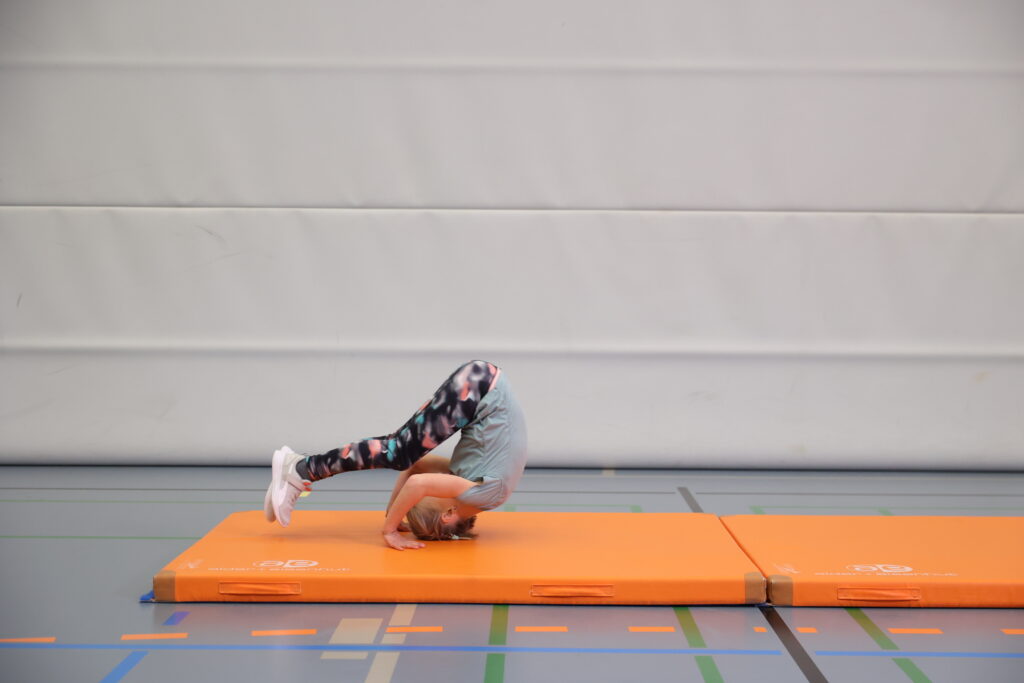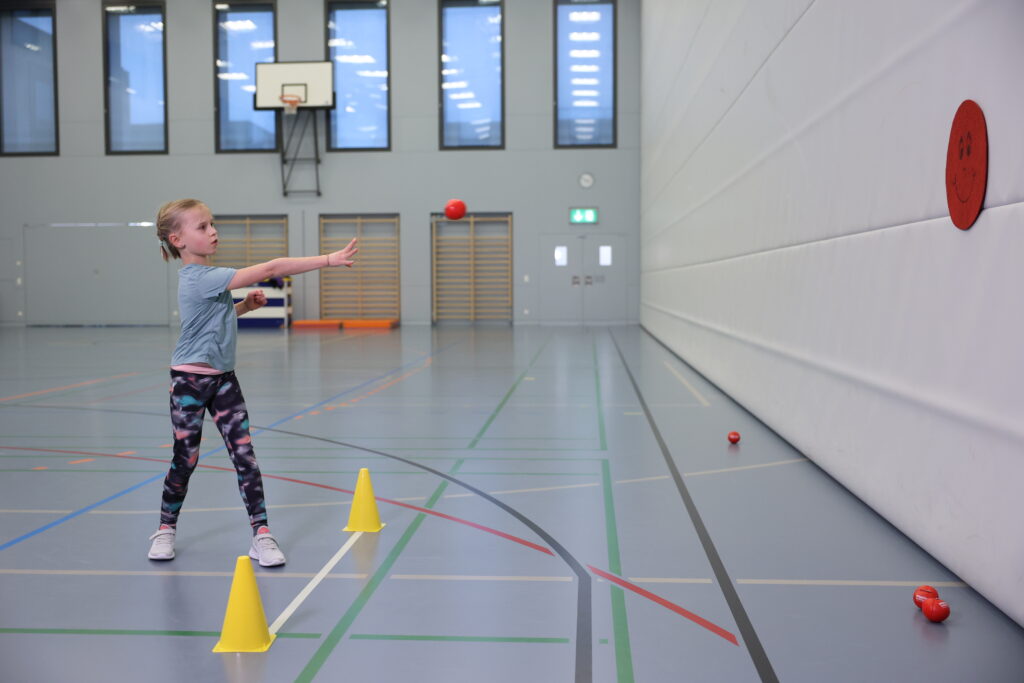The learning objectives of the curricula in physical education at primary level include the development of basic motor competencies. Children need these competencies in order to actively participate in sports inside and outside of school and to learn more complex movement sequences and techniques. The need for educational motor support in basic motor competencies should therefore be identified at an early stage in order to be able to support the children appropriately.
As part of the Erasmus+ funded project “Basic Motor Competencies in Europe – Assessment and Promotion” (BMC-EU), basic motor competencies of 1721 8- to 10-year-old primary school children from 9 European were assessed using the MOBAK-3-4 (Herrmann, 2018). The test comprises a total of eight motor tasks in the competence areas of object movement (bouncing, dribbling, throwing, catching) and self-movement (rolling, balancing, jumping, running).
The results showed that on average more than 25% of the children need educational motor support in the competence area object movement and more than 20% in the competence area self-movement. In some samples, the values were even above 60% (object movement) or 70% (self-movement). These numbers are alarming, as they indicate that these children do not meet some basic objectives of physical education and are at risk of not being able to participate in various sports activities in an age-appropriate way and to develop an active lifestyle.
Details about these and other findings can be found in the Journal for Primary Education Research: https://link.springer.com/article/10.1007/s42278-022-00155-w


